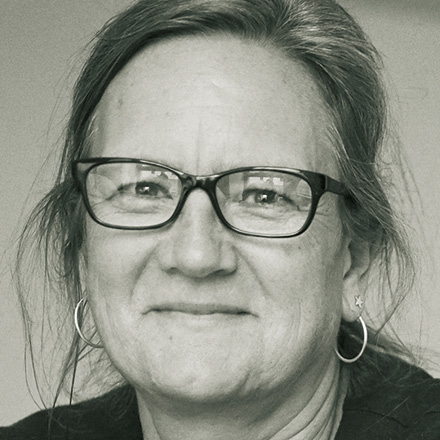Global warming
Planners must heed inevitable change
[ By Alexander Fröde and Michael Scholze ]
In rural as well as urban areas, climate change will affect development. Objectives set in national and regional plans will therefore have to be reviewed all over the world. The same is true of sector policies and even small-scale development projects. Long-term planning no longer makes sense unless global warming is taken into account. According to the OECD (2005), some 12 % to 65 % of aid expenditure (ODA) will probably be negatively affected by the impacts of climate change (see graph). Although such figures should be interpreted with caution they certainly show that climate change matters.
For good reason, donors want to minimise the risk of wasting ODA money. Accordingly, donor agencies as well as policymakers in developing countries have started to assess climate risks when planning projects and investments.
For obvious reasons, it particularly matters to take climate change into account when planning long-term programmes and interventions. If the issue at stake is what crop to grow next year, adaptation isn’t too difficult. If, however, the issue is infrastructure planning, flawed decisions may prove very expensive. After all, large projects such as roads, railways, dams or bridges meant to last decades and even centuries. It is therefore important to consider the long-term consequences of climate change right from the start.
The governments of a growing number of developing countries recognise this imperative. As they want to assess climate risks systematically in all major planning processes, the demand for technical assistance is growing. In view of this trend, the GTZ has designed an instrument called “Climate Proofing for Development”. The methodology was originally developed in the context of internal climate-risk assessments for projects of German development agencies. It was further modified to serve advisory functions. The instrument has been successfully used, for instance in Mali and Vietnam (see box, page 329).
Climate Proofing for Development facilitates the analysis of strategies, policies, programmes and projects in developing countries in regard to the risks and opportunities of climate change. The methodology enables practitioners to identify necessary modifications of plans. The GTZ toolkit is clear and flexible enough to be used in different contexts and at various levels of policy making.
Principles
Climate Proofing for Development is based on several principles:
– Process is key. Applying Climate Proofing for Development requires people to question familiar procedures and their approach to planning. It is not easy to implement such organisational development. Managers need a step-by-step strategy and must pay attention to the interests and bargaining power of various stakeholders and interest groups concerned. Strong leadership matters.
– Form follows function. The climate-proofing approach is quite flexible. Every application can – and should – be adapted to the specific context, socio-economic conditions and legal environment. Political will, prior experience, time, funding and related issues need to be considered. The necessary capacities have to be developed both at the individual and organisational levels.
– Mix perspectives. Taking account of climate issues in development planning not only requires analytical and technical know-how and understanding, a solid understanding of the grassroots reality and (traditional) common-sense knowledge is necessary too. Action should be taken cautiously, and stakeholders should always be involved in meaningful cooperation. Diverse experiences as well as diverse interests need to be taken into account for solutions to be viable and sustainable.
The GTZ’s Climate Proofing for Development consists of several specific steps to analyse climate risks and find adaptation options in a systematic manner. First, climate-proofing experts gather data and systematise information relating to climate trends. In cooperation with stakeholders, they then define “exposure units” which are relevant for the specific plans. Such units may be ecosystems (like natural forests or lakes), productive sectors (like agriculture or the garment industry), regional entities (like villages, towns or districts) and specific target groups (like women or farmers).
Next, meetings and workshops are held to allow experts and stakeholders to identify biophysical and socioeconomic impacts of climate change on the exposure units. Such data is then systematised in tables. On this basis, experts and stakeholders assess how relevant these impacts are for the specific planning in question.
In the final step, experts and stakeholders develop options for action based on the analysis made in the earlier steps. The idea is to find meaningful ways of dealing with the most important risks and to list priorities in a way that fit to guide planners. Sometimes plan modifications will be fundamental (choosing a location less prone to floods, for instance). In other cases, modifications will be about doing things that have always been done in a different manner or with a higher priority. All summed up, these modifications will lead to more climate-robust development.
Outlook
There is no doubt that climate change must be factored into development planning. So far, the professional community has only begun to grapple with what lies ahead. As climate change will be increasingly felt in day-to-day life, however, it will become ever more obvious that policymakers and planners must take its impacts into account. Resources will be only be used well if they are invested in a climate-robust way. The GTZ has developed a useful and flexible climate-proofing methodology. It has been tested in the field and proven its worth.
More work certainly needs to be done, for instance in terms of improving the understanding of what impacts global warming will have on target groups. Given that it normally takes a lot of time, resources and efforts to implement policy changes, however, it is urgent to start climate-proofing planing at all levels as fast as possible.
